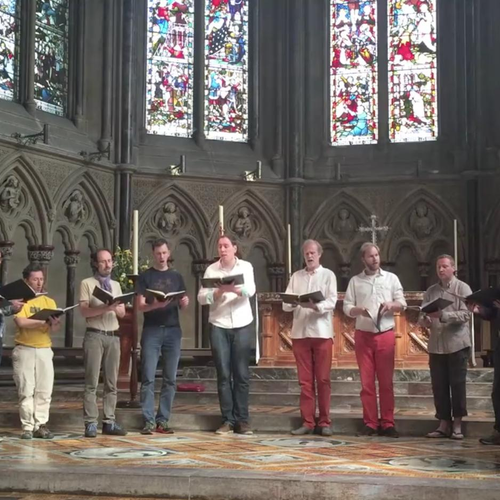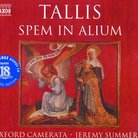Te Lucis Ante Terminum
Tallis's Te Lucis Ante Terminum was written to be sung at the end of the day
‘Te Lucis Ante Terminum’ is a Latin hymn written to be sung at Compline, the last service of the day. The words translate as ‘To thee before the close of day’ and Tallis’s setting of the hymn is suitably valedictory. The work was included in the Cantiones sacrae, a collection of music put together by composers Thomas Tallis and William Byrd and presented in 1575 to Queen Elizabeth I.
The earliest known setting of the hymn is a plainsong version in the Liber Usualis, a book of chants compiled by monks at the Abbey of Solesmes in France.
Tallis’s setting only uses polyphony – many different interlacing lines of music – for the cetrnal of the three verses, the text of which translates as “From all ill dreams defend out sight, / From fears and terrors of the night; / Withhold from us our ghostly foe, / That spot of sin we may not know.”
Tallis is one of the few composers to have written settings of this hymn, but Benjamin Britten used the plainsong version in his work Curlew River.
Tallis was born in around 1505 and worked at Caterbury Cathedral and the Chapel Royal. He wrote music for Henry VIII, Edward VI, Queen Mary and Queen Elizabeth I. In 1575 Queen Elizabeth granted Tallis and Byrd a 21-year monopoly on printing polyphonic music, an opportunity which they used to produce their Cantiones sacrae collection.









